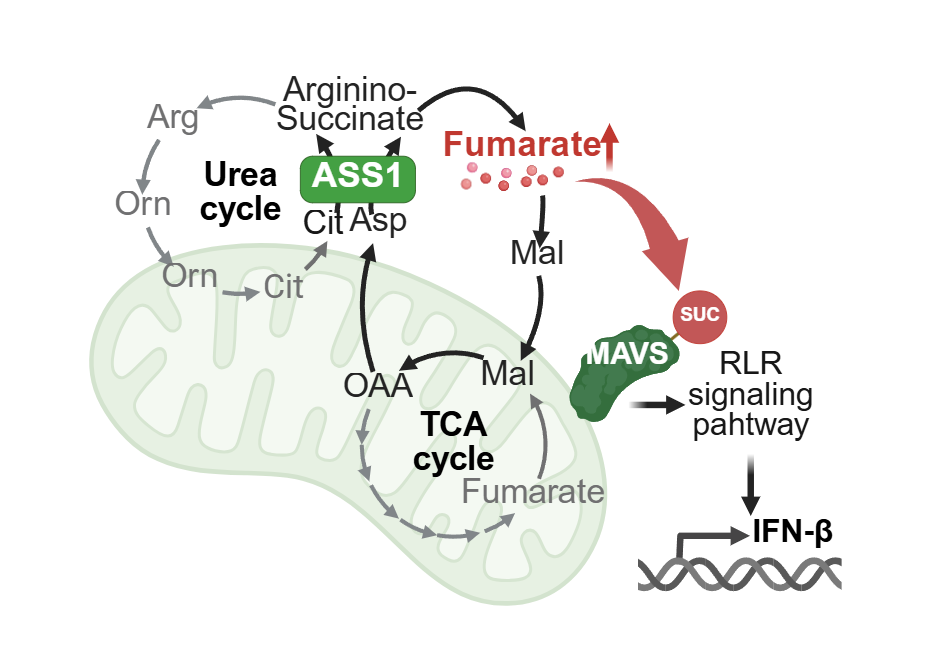2025-05-07 北海道大学,旭化成ファーマ株式会社

図 1.脊髄神経結紮処置と右足(結紮処置側)にかかる体重の解析結果。右足からの感覚を伝える部位の脊髄神経を糸で結紮し、片側に疼痛を誘導する。右側脊髄神経結紮を行う前(術前)の動物では左右の足に均等に体重がかかっているため、右足にかかる割合は 50%になっている。それに対し、術後は特に 1~2 ヵ月のタイミングで、右足にかかる体重の割合が減少している。
<関連情報>
- https://www.hokudai.ac.jp/news/2025/05/post-1868.html
- https://www.hokudai.ac.jp/news/pdf/250507_pr.pdf
- https://www.nature.com/articles/s41598-025-96160-x
霊長類脊髄神経結紮モデルにおけるコレステロール代謝及び神経炎症機構の変化 Cholesterol metabolism and neuroinflammatory changes in a non-human primate spinal nerve ligation model
Hiroshi Yamane,Suguru Koyama,Takayuki Komatsu,Tomoya Tanaka,Riyu Koguchi,Haruhisa Watanabe,Mai Nishiura,Satoru Yoshikawa & Tadahiro Iimura
Scientific Reports Published:03 April 2025
DOI:https://doi.org/10.1038/s41598-025-96160-x
Abstract
Neuropathic pain remains one of the major neurological conditions with high unmet medical needs. Poor translation from preclinical studies using rodent models to clinical trials is one of the major obstacles to the development of new pharmacological medications to treat neuropathic pain. The aims of this study were to establish a behavioral test to evaluate spontaneous pain in a spinal nerve ligation (SNL) model using cynomolgus monkey as a non-human primate (NHP) model. After right unilateral L7 SNL surgery in cynomolgus monkeys, the percentage of weight-bearing on ipsilateral hindlimb significantly decreased, which was well-associated with an analytical score of electroencephalography (EEG). Transcriptomic analysis of RNA-seq results from the dorsal part of the spinal cord identified pathways matching those in equivalent rodent models, along with NHP-specific pathways, suggesting that neuroinflammation and cholesterol transportation/metabolism were the main pathways altered in this NHP model. Additionally, several upregulated genes observed here were previously reported uniquely in clinical studies, but not in rodent models. This study provides a potentially useful model that can aid our understanding of pathophysiological mechanism of neuropathic pain and the development of pain relief therapies by inducing a robust behavioral phenotype and changes in gene expression resembling those in patients.


